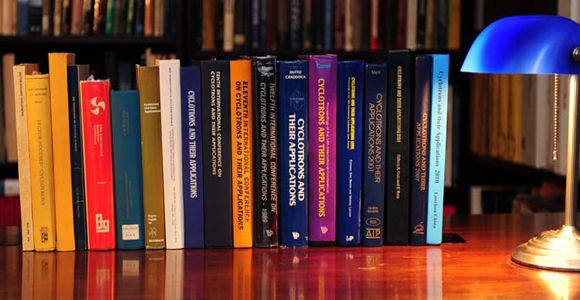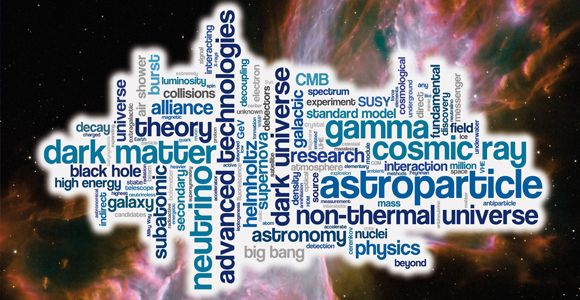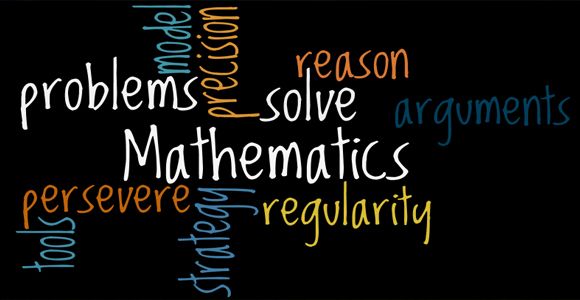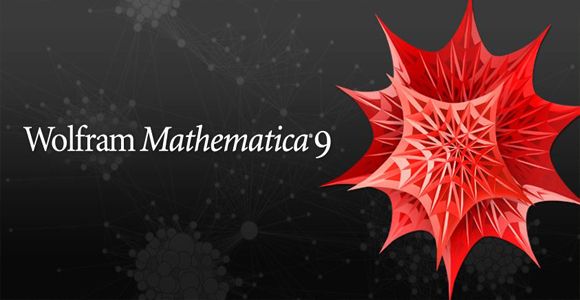
More than a generation of German-speaking students around the world have worked their way to an understanding and appreciation of the power and beauty of modernt- oretical physics—with mathematics, the most fundamental of sciences—using Walter Greiner’s textbooks as their guide. The idea of developing a coherent, complete presentation of an entire eld of s- ence in a series of closely related textbooks is not a new one. Many older physicians remember with real pleasure their sense of adventure and discovery as they worked their ways through the classic series by Sommerfeld, by Planck, and by Landau and Lifshitz. From the students’ viewpoint, there are a great many obvious advantages to be gained through the use of consistent notation, logical ordering of topics, and - herence of presentation; beyond this, the complete coverage of the science provides a unique opportunity for the author to convey his personal enthusiasm and love for his subject. These volumes on classical physics, nally available in English, complement Greiner’s texts on quantum physics, most of which have been available to Engli- speaking audiences for some time. The complete set of books will thus provide a coherent view of physics that includes, in classical physics, thermodynamics and s- tistical mechanics, classical dynamics, electromagnetism, and general relativity; and in quantum physics, quantummechanics,symmetries, relativistic quantum mechanics, quantum electro- and chromodynamics, and the gauge theory of weak interactions.
-Download:





















